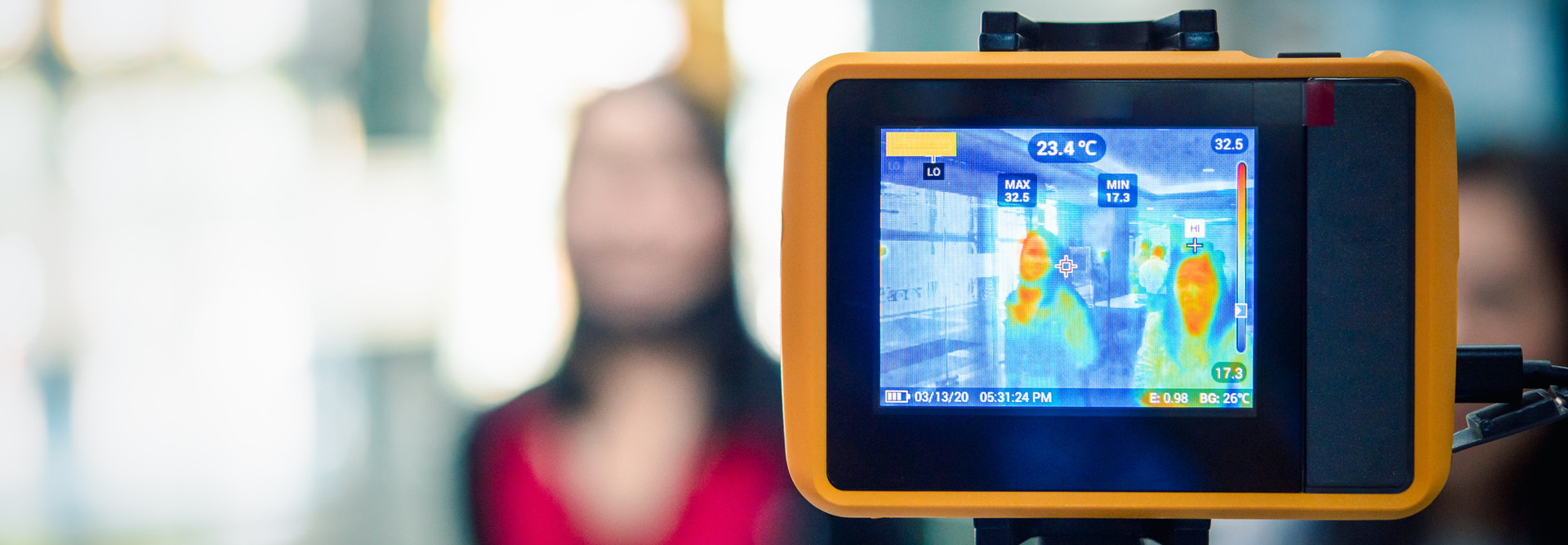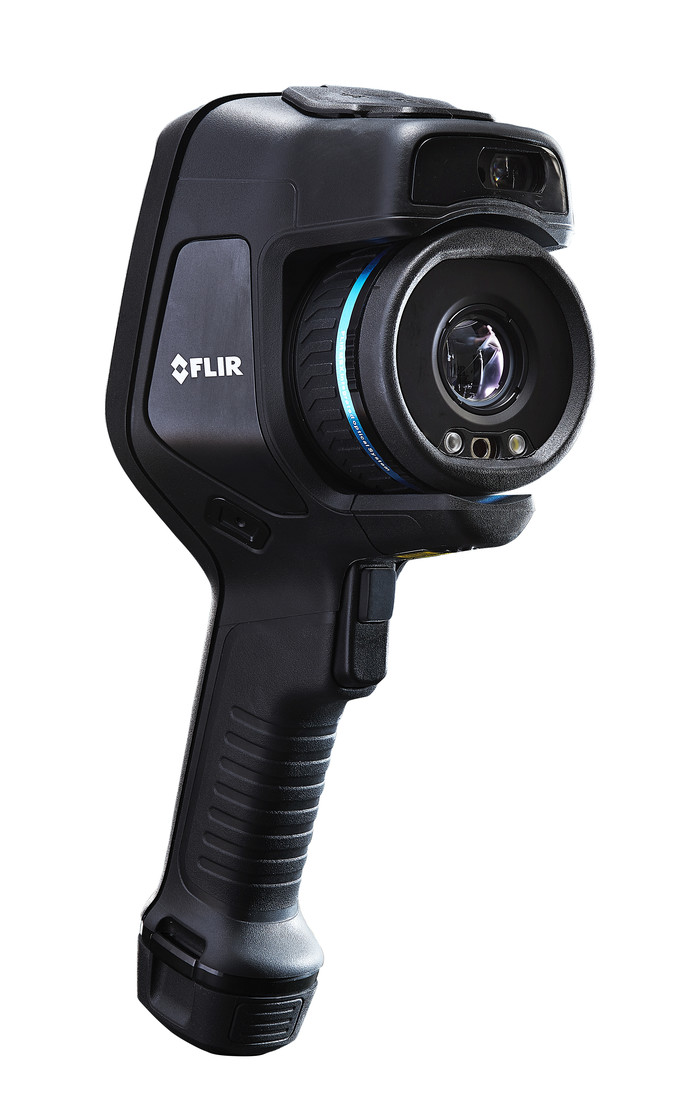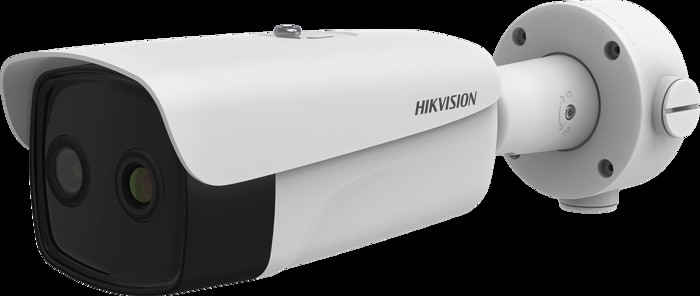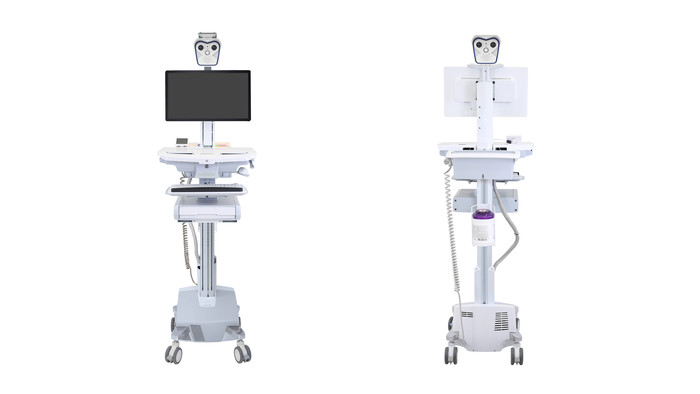As colleges and universities plan for the fall semester, many are considering purchasing technologies that can detect elevated temperatures. In response to this dire need for protective solutions, some manufacturers have rushed to market products that promise to screen for fevers when people enter dorms, cafeterias and classrooms. But not all solutions are created equal.
Some products have high precision, while others, such as the “thermometer guns” used in China, are wildly inaccurate. Given the breadth of options on the market, how can university decision-makers differentiate the high-quality solutions from suboptimal ones?
When evaluating technologies that detect elevated temperatures, here are some important considerations for higher education leaders to weigh.
What You Need to Know: How Temperature Screening Works
For temperature screening, the two main technologies that universities and colleges will likely use are thermal cameras and medical-grade thermometers.
Keep in mind that thermal cameras by themselves cannot detect fevers. This is because thermal imaging is an imprecise method that cannot measure inner body temperature. With that said, thermal cameras are useful for prescreening. After a thermal camera determines someone’s skin temperature is unusually high, a medical-grade thermometer can confirm if that individual has a fever. These can be traditional oral thermometers or no-contact infrared devices.
“We see the thermal camera as the initial screening, for processing people as they enter a building. These devices don’t detect fever, they just measure that surface skin temperature,” says Peter Frank, an education product manager at Ergotron. “But they can offer a quicker way to return to school versus having to temperature-check every individual as they enter the facility.”
To get a reliable surface reading, most thermal cameras must calibrate against a “black body,” which is an accessory that is usually sold with the camera. The camera indicates the difference between the subject’s and the black body’s predetermined temperature.
Not all thermal cameras require a black body, however. FLIR Systems, for instance, offers a self-calibrating version of its temperature scanner. “Our camera is stable and accurate enough to function despite all these different environmental factors,” says Chris Bainter, director of global business development at FLIR.
MORE ON EDTECH: Learn how to prepare for campus readiness while cutting costs.
The FLIR E95 thermal imaging camera can auto-calibrate. Source: FLIR
Key Factors to Consider for Thermal Cameras
While selecting thermometers is a relatively straightforward matter, there are more factors to consider when choosing thermal cameras. Here are a few key questions to ask: How easy is it to operate? How accurate are the outputs? How many people can it scan, and at what speed?
At Costar Video Systems, Vice President of Product Management Jeff Cullop points to the wide variations in distance requirements. Some cameras need the operator to be within a couple of feet of the subject, while Costar’s offering works from 18 feet away. That’s a major factor to consider for social distancing on campus.
Hikvision, likewise, offers both handheld and stationary cameras. Handheld devices can operate from three to six feet away, while stationary cameras can prescreen individuals from up to 23 feet away. “Prescreening takes less than one second, is highly accurate and there is no need for close contact,” says Doug Gray, Hikvision’s senior product marketing manager.
Hikvision's Themographic Long-range Bullet Camera DS-2TD2636B-13/P provides a longer and wider effective measurement range with a higher thermographic resolution. Its effective range is 8.2 to 23 feet. Source: Hikvision
At the end of the day, accuracy is the key criterion. The Food and Drug Administration has established guidelines for ensuring the precision of medical temperature screening solutions. For example, body temperature measurements should not be more than 0.9 degrees Fahrenheit off. But the guidelines are nonbinding, and not all devices meet the mark. “They may be plus or minus as much as one and a half degrees, and that won’t allow you to properly screen people,” Frank said.
Processing speed is also an important factor. “If it takes 10 seconds to scan someone in a high-volume area, that can create a bottleneck,” Frank said. “Then you have a risky situation.”
MORE ON EDTECH: Learn how data analytics will help campuses reopen safely.
Some cameras require an individual to pause briefly, while others can screen a moving person as long as the individual faces the camera. In the latter case, artificial intelligence software would single out individuals with high temperatures and alert operators.
FLIR takes this a step further: Its software is designed to identify the human eye and to measure temperature at the tear duct, which tends to give a more precise reading than the forehead.
“As long as they are in the field of view, the camera will identify that eye region, so you don’t have to worry about positioning someone in the perfect spot for the camera,” Bainter says. “When you need faster throughput, those analytics can really help you to move people through the scanning while still maintaining accuracy.”
Schools will also need to think about how they will deploy their screening technologies. Handheld or cart-mounted devices designed for maximum flexibility are all good short-term options.
Ergotron’s thermal imaging carts. Source: Ergotron
But if temperature screening becomes a long-term part of campus life, it will be better to choose more permanent installations. This will remove operator error from the equation, says Karen Panetta, IEEE fellow and dean of graduate education at Tufts University’s School of Engineering.
“If you can put in some permanent structure to standardize the capture, that removes some of the human variables from the screening,” she says.














